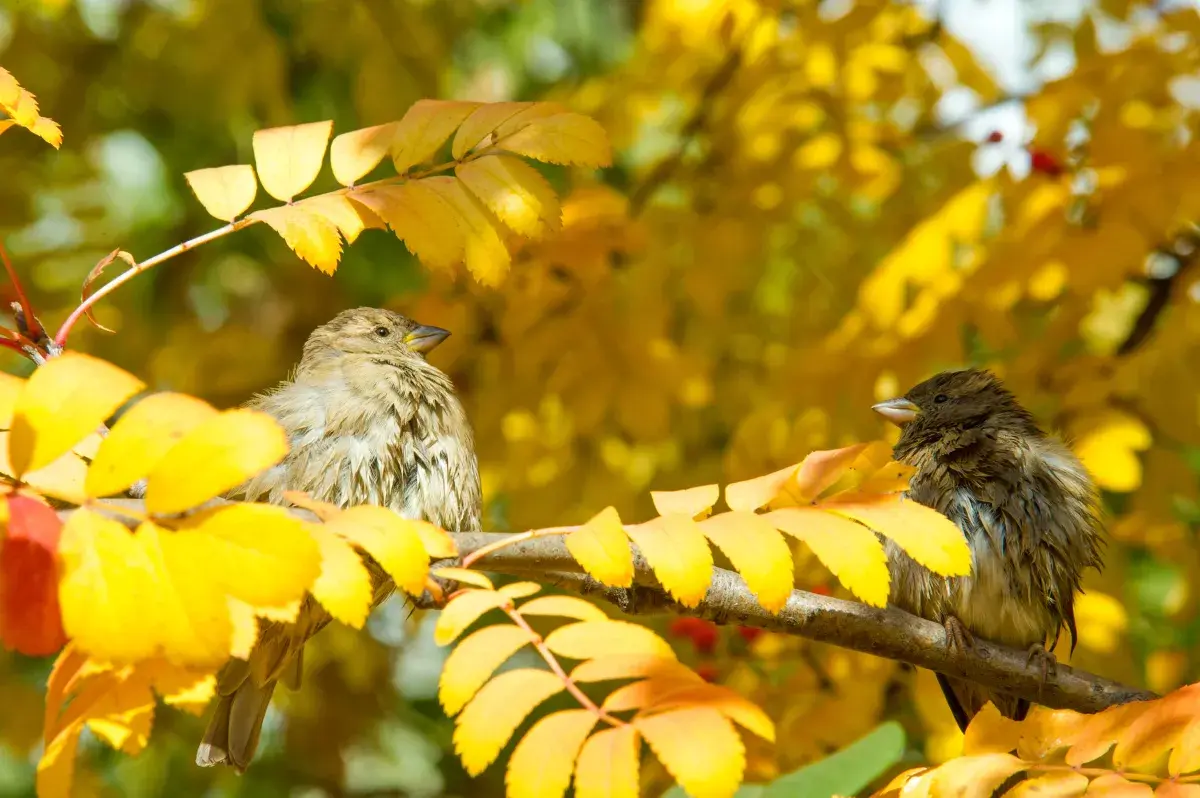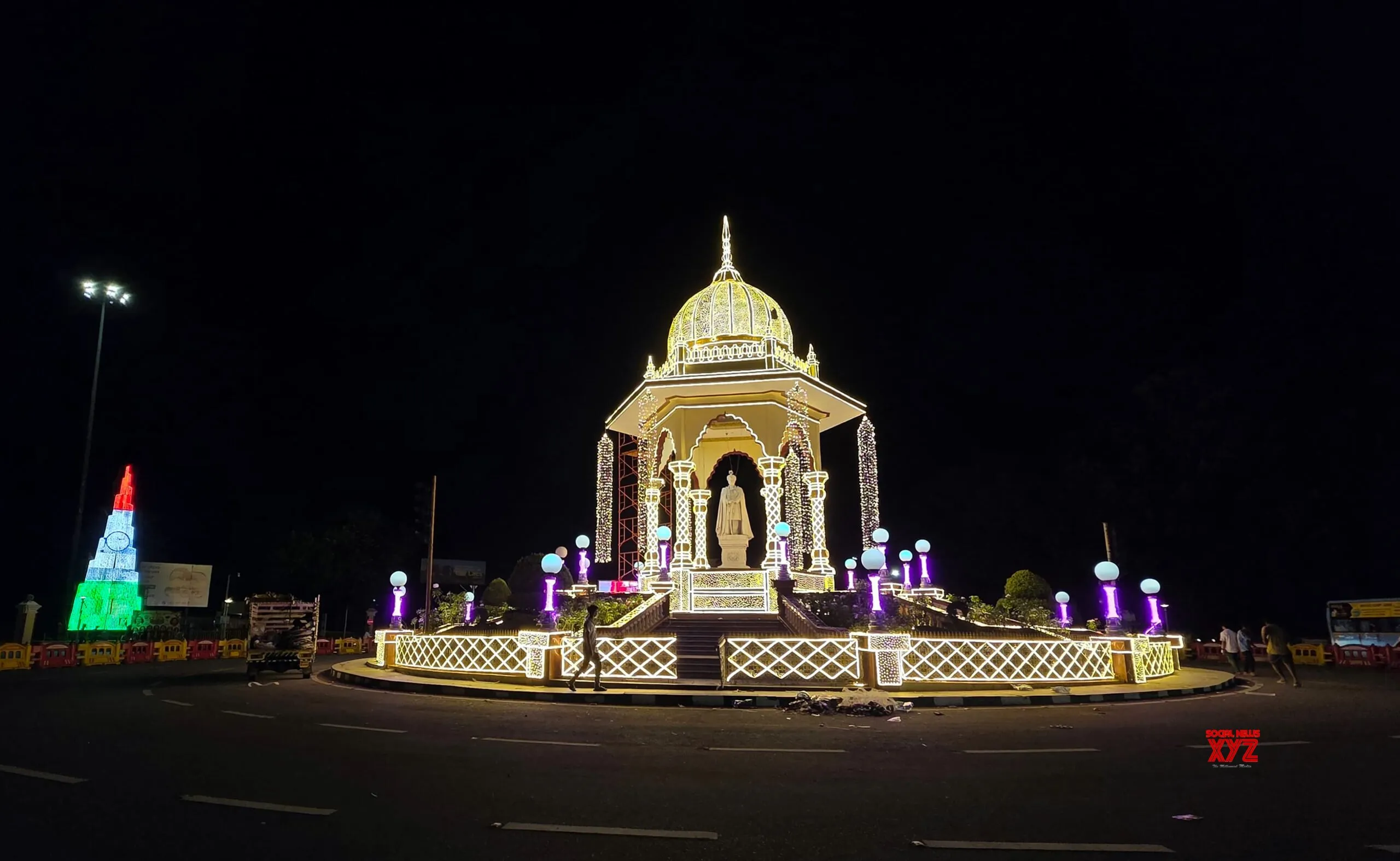
As summer fades away and fall settles in, birds in North America begin preparing for the cold season—and your yard can become a vital fuelling station for these feathered visitors.
By planting the right flowers, plants and shrubs you can support migrating and overwintering birds while also enjoying a colorful, wildlife-friendly landscape.
We asked experts which seasonal plants and flowers work best to attract birds to your yard and these are their top four choices.
Berry-Producing Shrubs
Caroline Ervin, landscape designer and owner of The Georgetown Garden Shop, told Newsweek shrubs that produce berries in the fall are especially valuable during migration season, offering essential nutrition to birds in need of high-fat, energy-rich foods.
Among the best options is Winterberry (Ilex verticillata), whose bright red berries persist into winter and are a favorite of cardinals and robins. Dogwood trees (Cornus Florida) also bear red berries that feed cedar waxwings, thrushes and others.
Viburnum species offer berries in hues of red, blue and pink, attracting mockingbirds, robins and catbirds; while American Beautyberry (Callicarpa americana) features bold purple berries loved by cardinals, catbirds and finches.
Other valuable fruiting plants include elderberry, spicebush (Lindera benzoin), and native roses, which produce nutrient-dense hips in fall.
Seed-Bearing Wildflowers
According to Amy Karpati, senior science advisor at Teatown Lake Reservation, native wildflowers that bloom into fall or develop prominent seed heads are some of the most effective bird feeders you can grow.
Coneflowers (Echinacea purpurea) produce seeds that goldfinches and sparrows eat well into winter. Similarly, Black-eyed Susans (Rudbeckia hirta)—including Goldsturm—develop rich seed heads that support birds such as juncos, sparrows and towhees.
Other excellent wildflowers include sunflowers (Helianthus spp.), goldenrod (Solidago spp.) and New England asters (Symphyotrichum novae-anglicae.) These support both seed-eating birds as well as the insects that birds prey on.
Grasses and Perennials
During fall, birds not only seek out food, but for shelter too. Native ornamental grasses like Little Bluestem (Schizachyrium scoparium) provide both food through their seeds and cover from the elements.
Leaving perennials standing through the winter instead of cutting them back retains nesting material and natural hiding places for overwintering birds and pollinators.
Late-Blooming Flowers
Many hummingbirds migrate through the U.S. during fall and rely on nectar-rich, tubular flowers to refuel, Megan McConnell, horticulturist at Monrovia, told Newsweek.
That’s why she recommends plants like Mango Popsicle Dwarf Poker (Kniphofia) and Apex Blue Meadow Sage (Salvias), which bloom into fall and offer vibrant color and critical nectar.
Blue Boa (Agastache) is another standout, with violet-blue spikes that attract hummingbirds and butterflies alike.
Tips for Planting a Bird-Friendly Fall Garden
Many of these shrubs can be planted now to establish roots for next year’s berries, while native wildflower seeds can be sown in fall or early spring.
Karpati encourages gardeners to use regionally native plants, as they are best suited to local conditions and provide the most value to birds.
“The seed heads of native wildflowers are nature’s bird feeders! They’re actually better than bird feeders in several ways: they do not promote the spread of disease due to the congregation of birds in one spot; they do not need to be refilled; and they provide many other ecosystem functions in addition to feeding birds,” she said.



